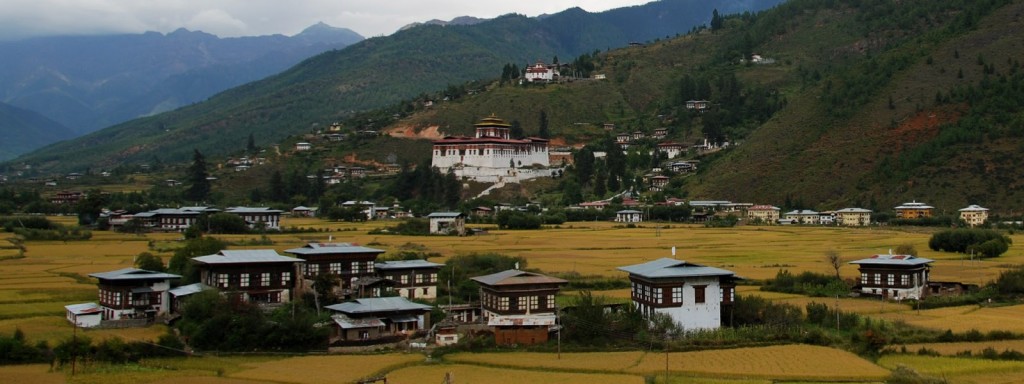
Paro is undoubtedly one among the most developed dzongkhags in the country. Situated in perhaps the widest valley in the kingdom, it is covered in fertile rice fields, and the charming town itself lies on the banks of the Paro Chhu meandering down the picturesque region.
The main town street – built and paved only in 1985 – is lined with conventionally built and painted wooden shop fronts and restaurants, giving the ancient town a typical Bhutanese feel.
The valley extends from the confluence of the rivers at Chuzom right up to Mt. Jumolhari at the Tibetan border in the North. But what accentuates the beauty of the region are the many traditional style houses that dot the valley and surrounding hills making Paro one of the best Bhutanese towns to explore on foot at the end of a day of sightseeing.
And because Bhutan’s international airport is located here, it is the only port of arrival and departure by air for international tourists, and so, the valley is adorned by luxurious and boutique hotels and resorts to suit every budget. Therefore, most itineraries revolve around Paro. And, why not – It is a region rich in history. Be it the victories over the marauding Tibetan armies or the fortress built on a heap of jewels, Paro has it all. From ancient ruins and stories of a bygone era to the famous Tiger’s Nest monastery – Paro will surely touch your senses and leave you wanting for more. So, allow us to walk you through the valley’s major attractions.
The Paro Dzong
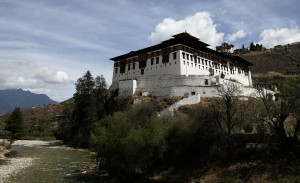
The Rinchen Pung Dzong or Rinpung Dzong translates to ‘Fortress on a Heap of Jewels’ and is the finest illustration of Bhutanese architecture and craftsmanship you’ll see. So impressive it is that even Bernardo Bertolucci filmed scenes of his 1995 film Little Buddha here.
In 1644, Zhabdrung Ngawang Namgyal (the unifier of Bhutan) ordered the construction of the dzong on the foundation of a monastery built at the beginning of the tenth century by Padma Sambhava. The imposing fort served effectively to defend the Paro valley against numerous Tibetan invasions. So much so that British political officer John Claude White reported that in 1905 there were old catapults still in the rafters of the dzong’s verandah for throwing massive boulders at the invading army.
Even so, although the dzong survived the earthquake of 1897, it was severely damaged by fire in 1907. The fire destroyed all the jewels housed in the dzong and only one thangka – known as Thongdel – was salvaged. Today, it houses both the monastic body and government offices including the local courts.
In the first day of spring, the Paro Tshechu is held in the dzong courtyard – which is filled to the brim. To the northeast of the entrance, is a stone-paved area where masked dancers perform the main dances of the tsechu. A thondrol or a huge thangka of Guru Rinpoche, more than 18m square, is unfurled shortly after dawn on the final day of the festival. The Paro tshechu was commissioned in the 18th century by the eighth Desi (secular ruler of Bhutan) and it continues be a major draw for locals and tourists even today.
Below the dzong, a traditional wooden covered bridge called Nyamai Zam spans the Paro Chhu. This is a reconstruction of the original bridge, which was washed away in a flood in 1969. Earlier versions of this bridge were removed in time of war to protect the dzong. The most picturesque pictures of Paro Dzong are taken from the west bank of the river, just downstream from the bridge.
The dzong courtyard is open daily, but on weekends the offices are deserted and most chapels are closed.
The National Museum
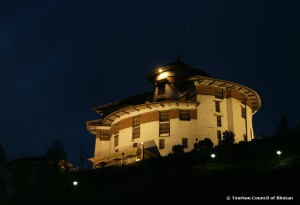
Atop the hill above the Paro Dzong is an old watchtower called Ta Dzong. The unusual building in the shape of a conch shell, with 2.5m-thick walls was completed in 1656. But, it wasn’t until 1967 that the structure was renovated to house the National Museum.
Cameras are not allowed inside the museum, but one can photograph the dzong from outside along with its surrounding areas. There are various galleries inside and the displays include an impressive collection of thangkas, both ancient and modern, depicting Bhutan’s important saints and teachers, as well as formidable festival masks. There’s a heritage gallery that displays a collection of religious statues and early stone carvings, plus a few original iron links from the nearby Tamchhog Bridge.
Driving to the museum involves a 4km loop into the scenic Dop Shari valley. And once you get there, you can enjoy the magnificent view of the Ugyen Pelri Palace that stands across a medieval bridge below the dzong. It is said that there is an underground tunnel from the watchtower leading to the palace.
Tiger’s Nest (Taktsang)
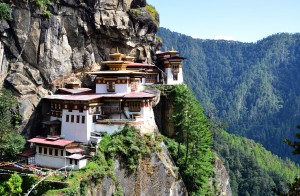
A 10km drive from Paro is the famous Tiger’s Nest Hermitage on the face of a sheer 3,120m-tall cliff. The Tiger’s Nest or Taktsang Monastery is without a doubt the most visited and the most photographed of all the monuments in Bhutan. Nestled above a beautiful forest of blue pine and rhododendrons, overlooking the Paro valley, the monastery is of tremendous religious significance to the Bhutanese. Legend has it that Guru Rinpoche flew to this site on the back of a tigress to subdue a local demon and it was here that Buddhism took roots in Bhutan. The monastery was built in 1692 to honor and worship the Guru. The hike up to the Tiger’s Nest is give-or-take a two-hour ascent and, the view from the top, is well worth the climb.
Drugyel Dzong
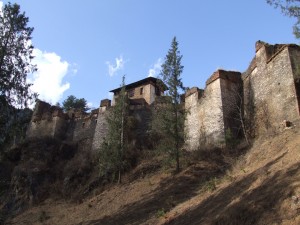
Another site worth visiting while in Paro is Drugyel dzong or The Fortress of the Victorious Bhutanese. A 16km road passes up the valley to the ruins of this fortress-monastery, which was partly destroyed by fire in 1951. And although the fortress – built by Zhabdrung Ngawang Namgyal in 1646 to commemorate his victory over raiding and pillaging Tibetan armies – was raged by the fire, the ruins remain an impressive and imposing sight still.

